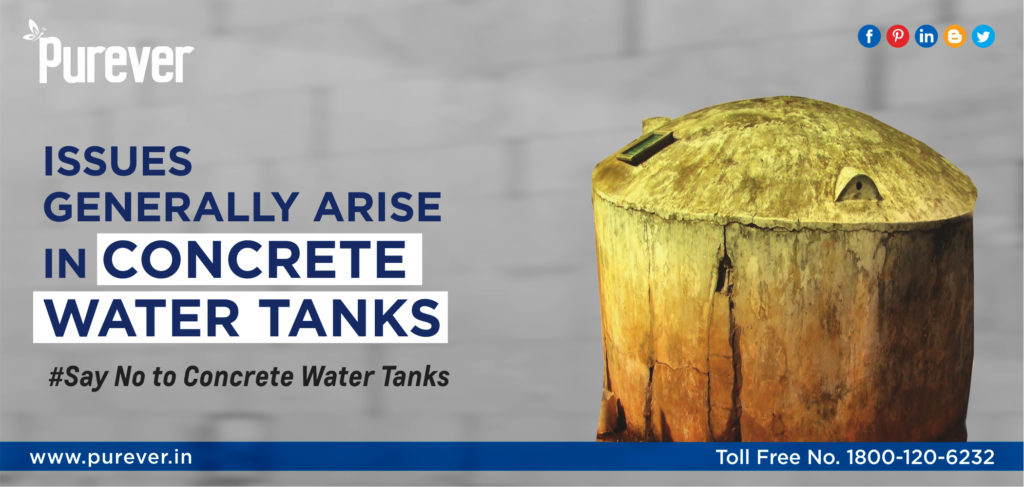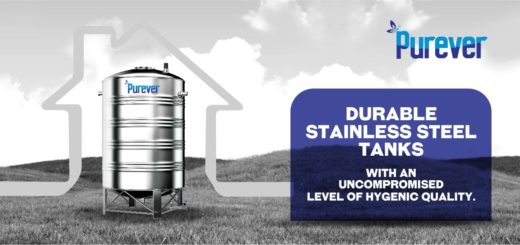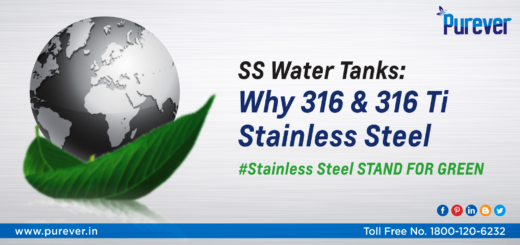Issues Generally Arise in Concrete Water Tanks

Cracking:
Cracks in concrete water tanks appear quickly and when they crack, they must be drained and repaired with foam forced into the cracks, but that foam is only foam and the repair is temporary.
Mobility:
Concrete tanks are constructed to remain in the same place forever. But, the needs of business, agriculture, and private citizens change. The simple fact is that a concrete tank cannot be moved.
Appearance:
Concrete is not a flexible material, the concrete can get weakened, to the point where it will eventually crack. In addition, it is a challenge to clean these tanks regularly and thoroughly. Hence the present method of storage of water for portable purpose is very harmful for human consumption.
Interior Coating:
Concrete tanks do not have interior coatings. The water rests against the concrete, not a nice thought.
Leaching:
It can occur in concrete water storage tanks. This is because concrete is porous and is made with calcium carbonate. If the water in the tank is acidic, it will leach the calcium from the concrete into the water. This results in hard water. Another disadvantage of porous concrete is that the pores provide bacteria with a place to grab a foothold and grow.
These tanks aren’t compatible with accessories that increase efficiency. Low-level float valves, clarifiers, submersible pumps, and more are very difficult to attach to concrete tanks.
It is impossible to reliably repair one of these tanks. As they start to deteriorate and leak, the process spreads too rapidly to simply plug the leak and move on. In addition, in order to make them suitable for potable water, the liner must be replaced every few years which is quite expensive.
https://www.purever.in
Toll-Free: +1800-120-6232
Mob: 9877777892, 9877777893




